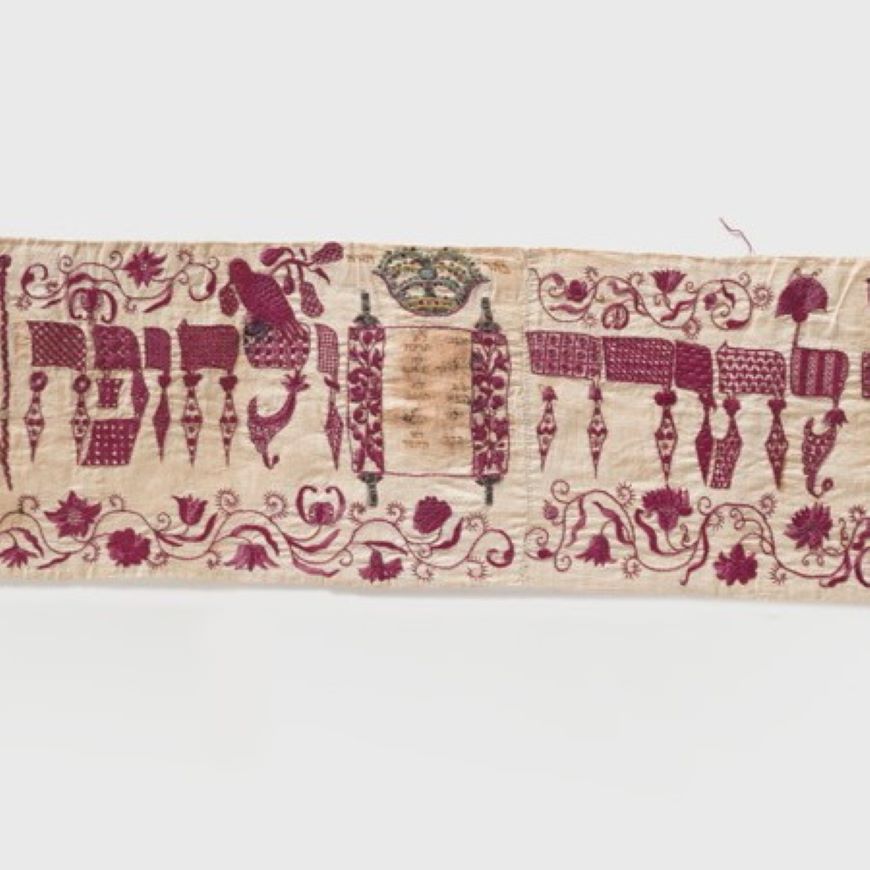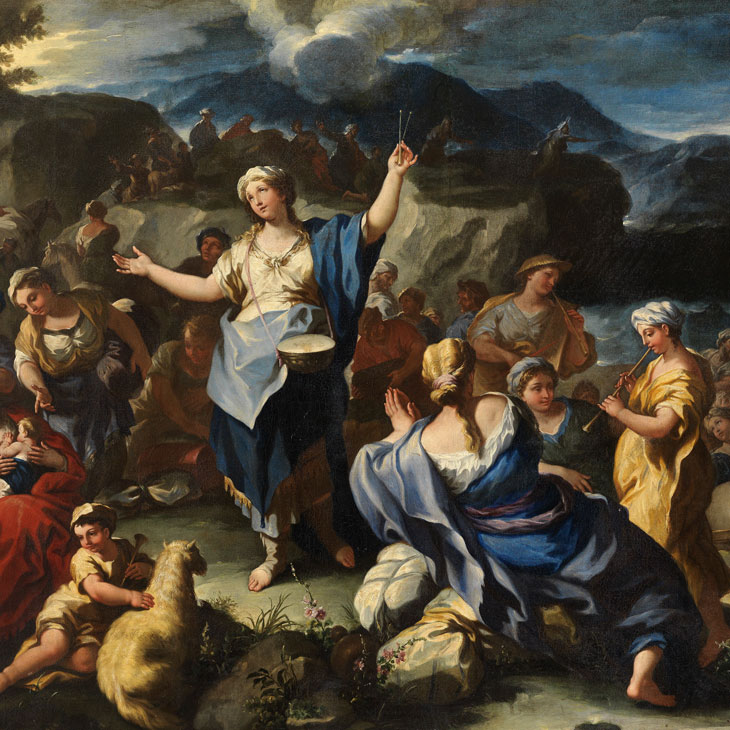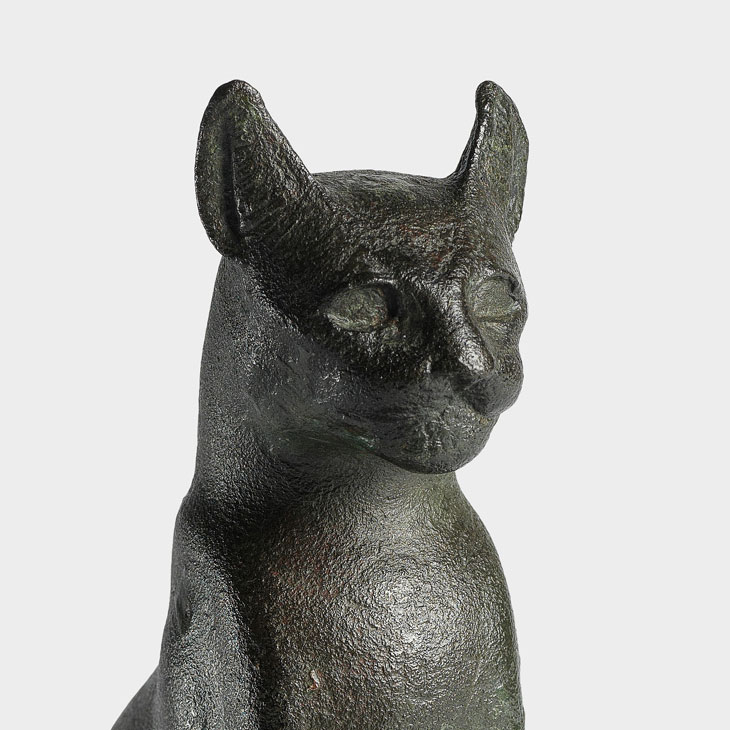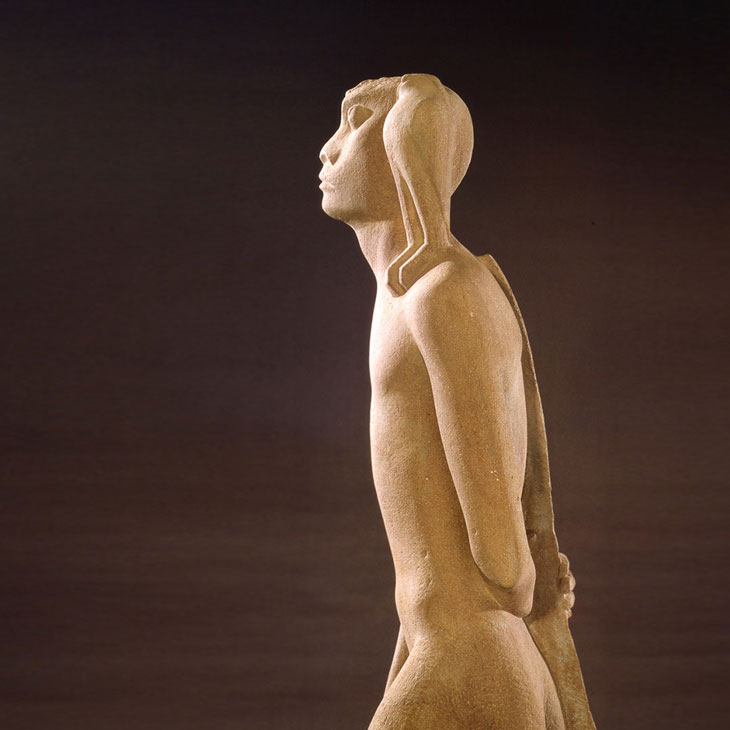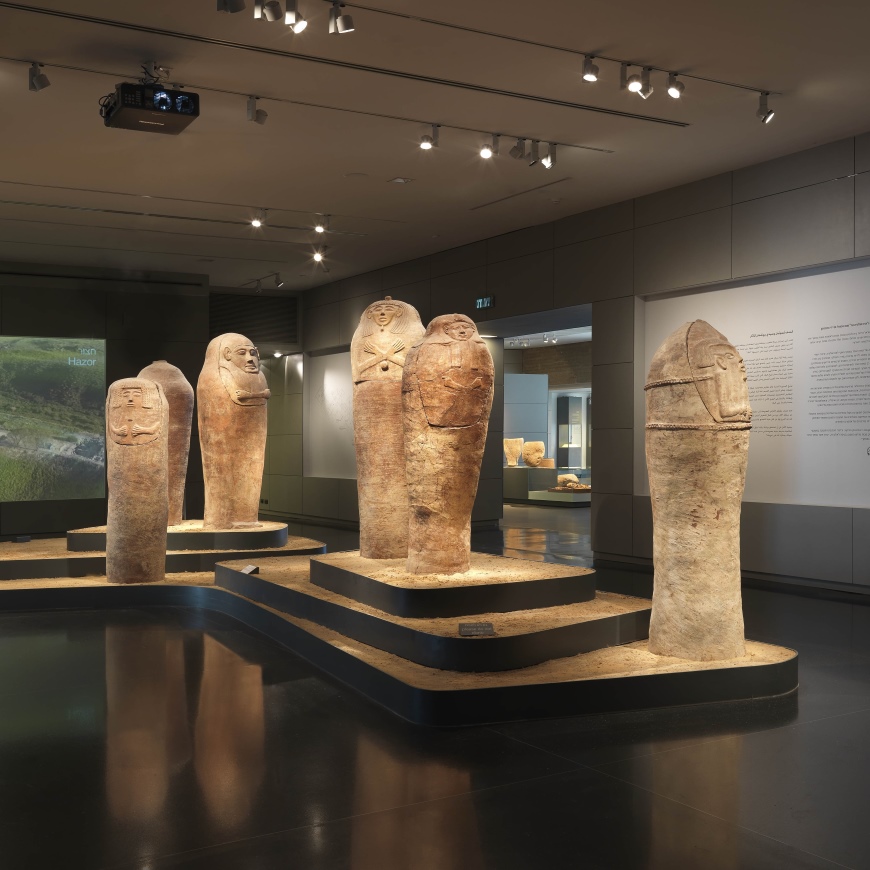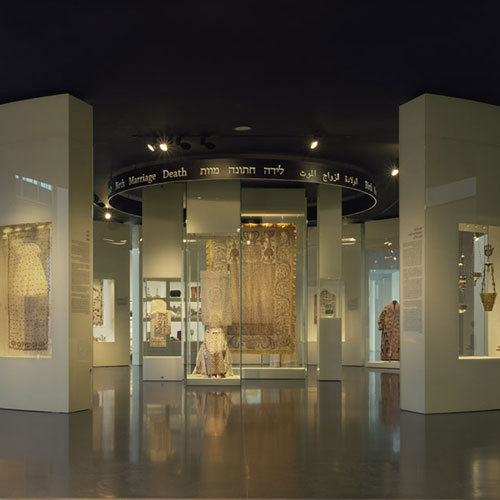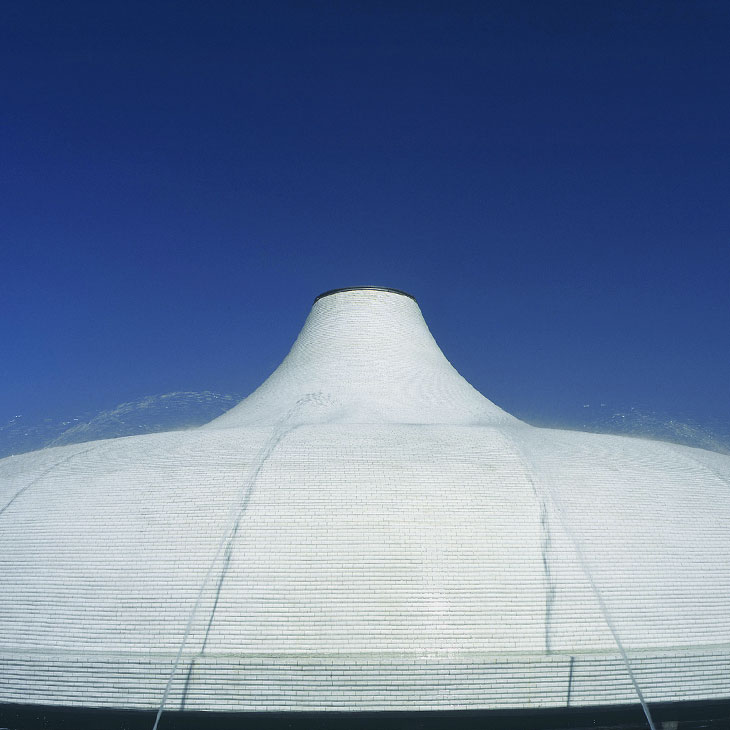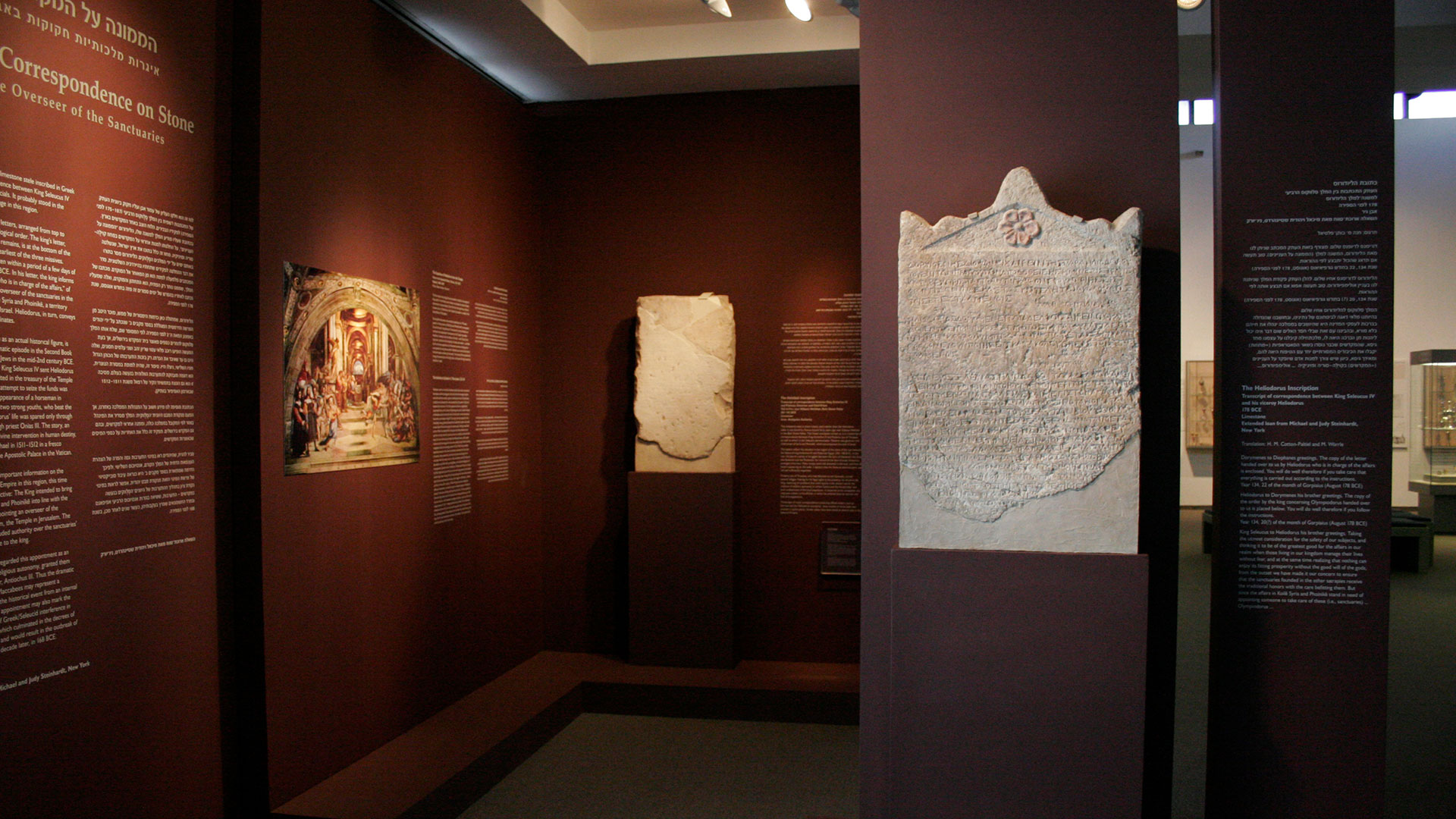
Heliodorus Stele
-
April 19 2007 - June 24 2007
Curator(s): David Mevorah
-
Unique 2,200-year-old stele (inscribed stone block) that provides new insight into the dramatic story of Heliodorus and the Temple in Jerusalem, as related in the Second Book of Maccabees. "The Heliodorus stele is one of the most important and revealing Hellenistic inscriptions from Israel," said James S. Snyder, Anne and Jerome Fisher Director of the Israel Museum. "It contextualizes the Second Book of Maccabees and provides an independent and authentic source for an important episode in the history leading up to the Maccabean Revolt, whose victorious conclusion is celebrated each year during the Jewish festival of Hanukkah." The newly deciphered stele presents new information about Heliodorus, who, according to the Second Book of Maccabees, received orders to seize the treasure in the Temple in Jerusalem, but was driven from the sanctuary by the miraculous appearance of a fearsome horseman accompanied by two mighty youths. This presentation marks the first public display of the Heliodorus stele, which is on extended loan to the Museum from the Israel Antiquities Authority. The stele documents a correspondence in ancient Greek between Heliodorus and King Seleucus IV, ruler of the Seleucid Empire from 187 to 175 BCE, who was succeeded by Antiochus IV Epiphanes (best known from the story of Hanukkah). In his letter, King Seleucus announces the appointment of an administrator to oversee the sanctuaries within the province that included the Land of Israel. The appointment of an overseer of the sanctuaries - including the Temple in Jerusalem - was intended to bring the province into line with the rest of the Seleucid Empire. This position included authority over the sanctuaries' revenues and, above all, taxes due to the king. It is likely, however, that the Jews regarded this appointment as an infringement of Jewish religious autonomy. This episode may have foreshadowed events yet to come. Less than ten years later (169/8 BCE), a new Seleucid king, Antiochus
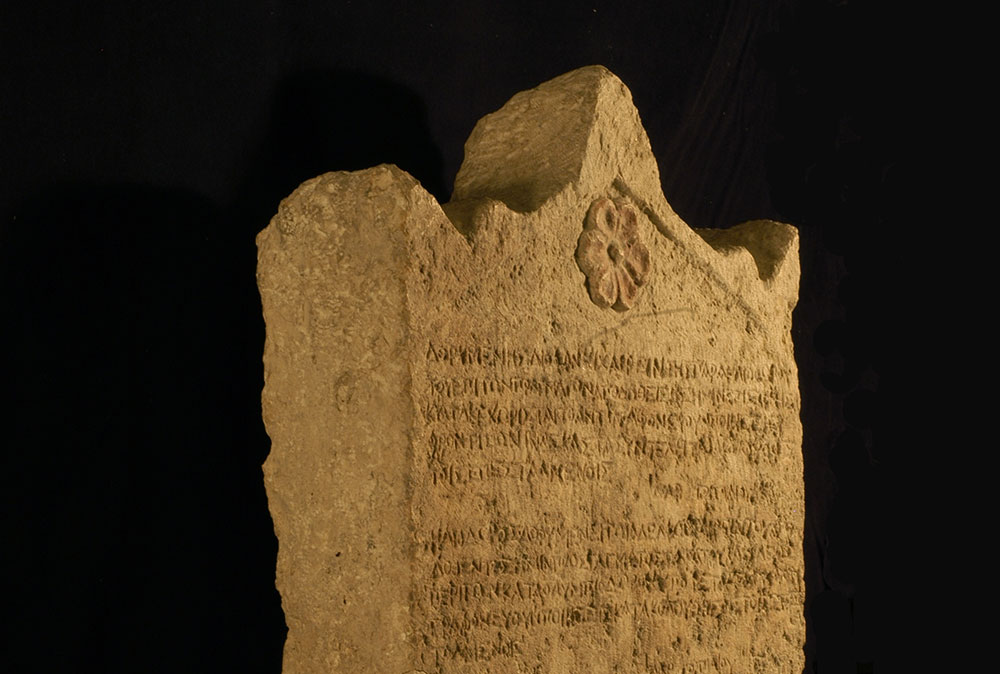
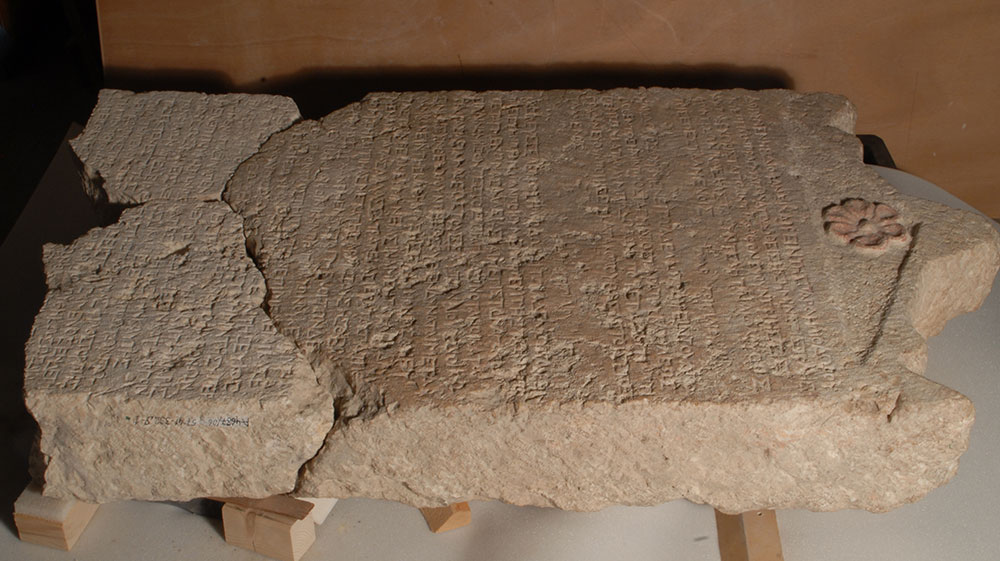
- May 01
- May 01
- Apr 26May 02May 03May 09May 10May 16May 17May 23May 24May 30May 31
- May 03May 10May 17May 24May 31
- Apr 21Apr 24Apr 28May 05May 08May 12May 15May 19May 22May 26May 29
- Apr 21Apr 28May 05May 12May 19May 26
- Apr 21Apr 24Apr 28May 05May 08May 12May 15May 19May 22May 26May 29
- Apr 22May 06
- May 06May 27
- May 06
- May 06
- May 06Jun 10
- May 08May 15May 15May 22May 29
- May 08May 15May 22May 29
- May 08May 15May 22May 29
- May 08
- Apr 24May 08May 15May 22May 29




